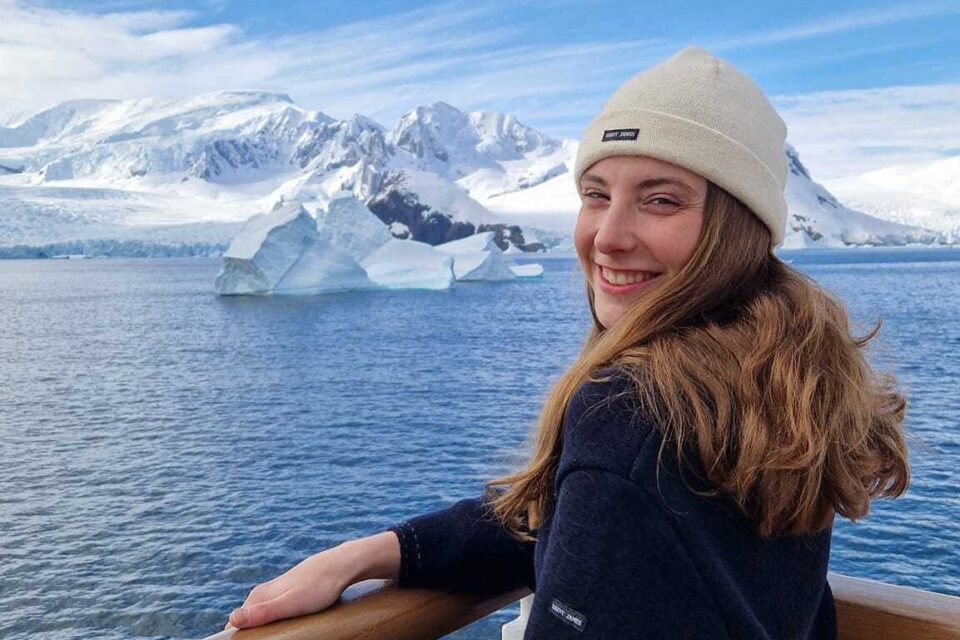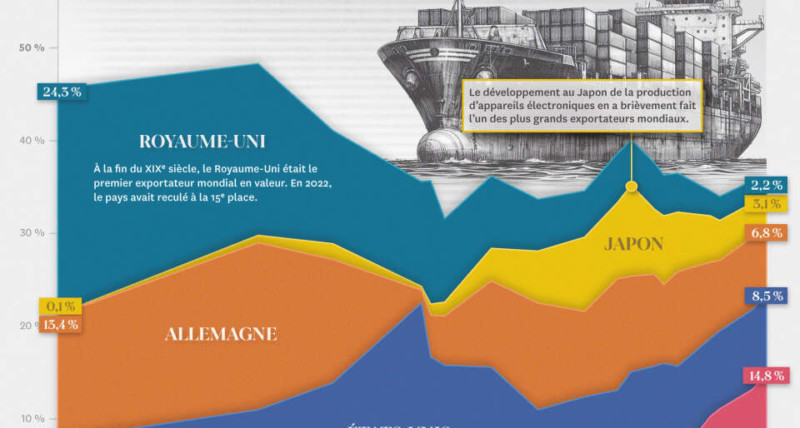Marion Joffle swam 1 km in the icy waters of Antarctica at the end of February 2024. The swimmer from Caen is ready to take on other challenges.
Originally from Lisieux (Calvados), Marion Joffle swam 1 km in the icy waters of Antarctica at the end of February 2024. With this new feat, the 25-year-old swimmer from Caen enters a very closed circle.
On February 16, you swam across the Beagle Channel, the strait that separates Argentina and Chile. What pushed you to embark on this adventure?
We left Chile early in the morning, we had 1,700 m to swim, in water around 8 degrees. We arrived on the island of Tierra del Fuego half an hour later. We did it as a group, for safety reasons. It was very supervised, on one side by the Chilean police, and on the other by the Argentine police.
This adventure was organized by the ice swimming association, and I joined in. It was the time for me to try something new, a new experience upstream from Antarctica.
In fact, two days later, you left for Antarctica for a new challenge: swimming 1 km. How did you prepare it?
I didn’t prepare much, because I had a fairly complicated year in 2023. I had to find ways to train and find motivation. I hadn’t been in cold water at all since September, so I went in completely trusting my body. I really set out with the aim of having fun and finding the sensations that I thought I had lost.
On February 22, we had a mandatory swimming test to complete: we had to swim 200 meters below the Antarctic Circle. For me it was an important test. The water was negative, so I was a little apprehensive compared to what I had experienced in Svalbard (in Norway, editor’s note): in May 2022, I attempted the Ice Mile in the Arctic, in water at -1° and -17° outside. I came out of the water after 1,550 m, of the 1,609 m to go. I had lost consciousness: my body was still moving, but I was no longer lucid at all…
So I remembered the dangerous side of the ordeal. I was obviously apprehensive before jumping into the water in Antarctica. This time, it was not -17°, but between -2 and -3°, and -0.5° in the water, which relieved me a little. The test reassured me a little, but I was also a little disturbed: we had only done 200 m, so I knew we would have to do that four more times to reach 1,000 m!
Finally, how did the test go, two days later?
I didn’t ask myself too many questions, I tried to relax as much as possible. We went back to Port Lockroy, a British base, to do the km. The water was 1°, it was 2° outside, so everything went very well.
I really enjoyed every moment of the swim, every stroke of my arm. I was calm, serene. I really liked the landscapes, all this white decor: I swam in an idyllic setting.
The aftermath, which we call the post-swim, is the most dangerous, because we continue to drop in temperature: even that, I experienced it very well. Everything was perfect for me!
Thanks to this feat, you join a very select club, that of the “Both Polars Ice Swim”, people who have swum at least 1 km in the Arctic and Antarctic poles. What does this do to you?
There are twelve of us who did it. It’s flattering, I am the second woman in the world to achieve this feat, I enter a very closed circle. It’s a lot of joy, because it represents a lot of investment, time, sacrifices… But also a lot of pleasure! I tell myself that at 25 years old, I have already achieved very good things, and I am only at the very beginning!
What will be your next challenges?
I would like to go to Argentina again, but this time in the winter season, in July or August, to do an Ice Mile in South America. And I would also like, if possible, to go to Quebec in November, December, or later, depending on the weather, to do my North America Ice Mile.
On all continents
Marion Joffle still has her crazy project in mind: to complete seven Ice Mile, one on each continent and in one of the two polar circles. An Ice Mile consists of “swimming 1,609 m in water below 5°, in a swimsuit”, summarizes the woman whose nickname is “The Smiling Penguin”. It has so far carried out two, in Europe (Austria) and in Africa (Morocco). Next objectives: North America (Quebec) and South America (Argentina).
The next few months should be busy for the graduate of the Entente Nautique Caennaise and the Caen Triathlon, who is continuing her studies in parallel with all these challenges: “I am finishing my BTS on a work-study basis in customer relations, and I am considering doing a bachelor’s degree in communications next year. »
Are you experiencing the effects of global warming? Is it more complicated to find water below 5 degrees?
It’s not that it’s harder, it’s that it’s more random. We can find some, but sometimes not during the period envisaged. For example, I went to Mongolia in October (to attempt an Ice Mile, editor’s note), and we felt a shift. The water was 8°. Normally at this time it is supposed to be closer to 3-4 degrees. We still swam, we took advantage of the surroundings, and it gave me a little vacation.
But we have to reorganize an event in Asia. What’s hard is all the logistics put in place to finally realize that it’s not possible. It’s nature, we have to respect that. Unfortunately, the further we go, the more difficult it may be to practice my sport. Or you will have to go to very specific areas.



